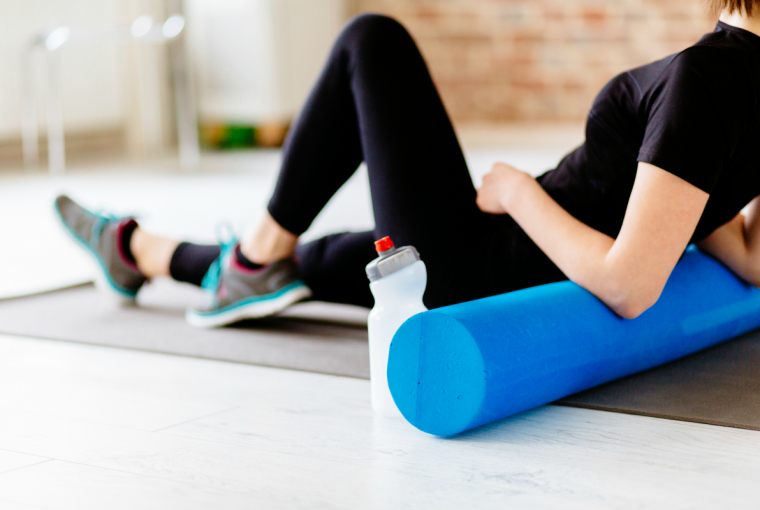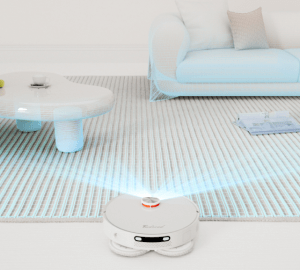Does self-myofascial release (SMR) utilizing a foam roller really benefits the athlete, the fitness buff, or the average person?
From personal experience my answer is yes! When I first heard of and watched foam rolling being performed I thought it was a bunch of phooey, a load of horse s#!t, or even voodoo. After a little research and giving it a shot I have changed my mind and now incorporate it into my workout routine.
This simple to use stretching technique focuses on the neural system and fascial system in the body. Fascia is connective tissue that forms a sheet which surrounds and separates muscles. Exercise can cause various degrees of fatigue and this connective tissue can become restricted. This restriction may also be caused from injury, disease, inflammation or even inactivity. This can be painful, decrease soft-tissue extensibility, and prevent normal muscle mechanics (Schroeder). “By applying gentle force (through body weight) to the adhesion or “knot”, the elastic muscle fibers are altered from a bundled position (which causes the adhesion) into a straighter alignment with the direction of the muscle or fascia. (Clark et al.)”
It is believed that “roller massage could be used to increase range of motion during a warm-up or as a complement to stretching during flexibility training sessions. (Bradbury-Squires et al). Foam Rolling has also been shown to decrease muscle soreness, fatigue, swelling and spasms due to an increase in blood flow, making it a good recovery technique (Peacock et al.).
Before a Workout
Several studies have shown that SMR increases range of motion (ROM). For example SMR had positive effects on vertical jump height and maximal force outputs, thus these studies show that SMR improves ROM without inhibiting force production (Schroeder & Best.). Schroder and Best found that foam rolling likely acts by reducing neural inhibition, resulting in better communication from afferent receptors in the connective tissue. Five to ten minutes of foam rolling at the start of each workout should be enough to produce these effects. (Boyle)
After a Workout
When carried out immediately following exercise this may be a useful tool to aid in recovery. SMR has been shown to reduce delayed onset muscle soreness (DOMS), swelling and muscle spasms experienced at a later time (Schroeder). “A 20-minute bout of foam rolling on a high-density roller immediately post exercise and every 24 hours thereafter may reduce muscle tenderness and decrements in multijointed dynamic movements due to DOMS (Pearcey).
In Conclusion, self-massage through foam rolling could benefit athletes, fitness buffs or the average person who is seeking a recovery modality that is affordable, easy to perform, time efficient and that enhances muscle recovery. It increases ROM, may improve muscle recruitment and firing patterns, and has been shown to reduce DOMS. At the very least, SMR appears to have no negative effect on performance and can safely be used daily.
Author Bio:
Stephanie Kirby is currently working as a part time student, completing the Personal Fitness Trainer Diploma Program thru Northern Alberta Institute of Technology (NAIT) in Edmonton, Alberta. With 11+ years of service to Canada and the Canadian Forces she has determined that this is the right time to advance her education and passion in the field of fitness, to allow her different options to pursue once she retires from her current full time job. An athlete since she could walk, she wants to pass on the love of sport and fitness to those around her. – Stephanie Kirby @mobtrain_stef




